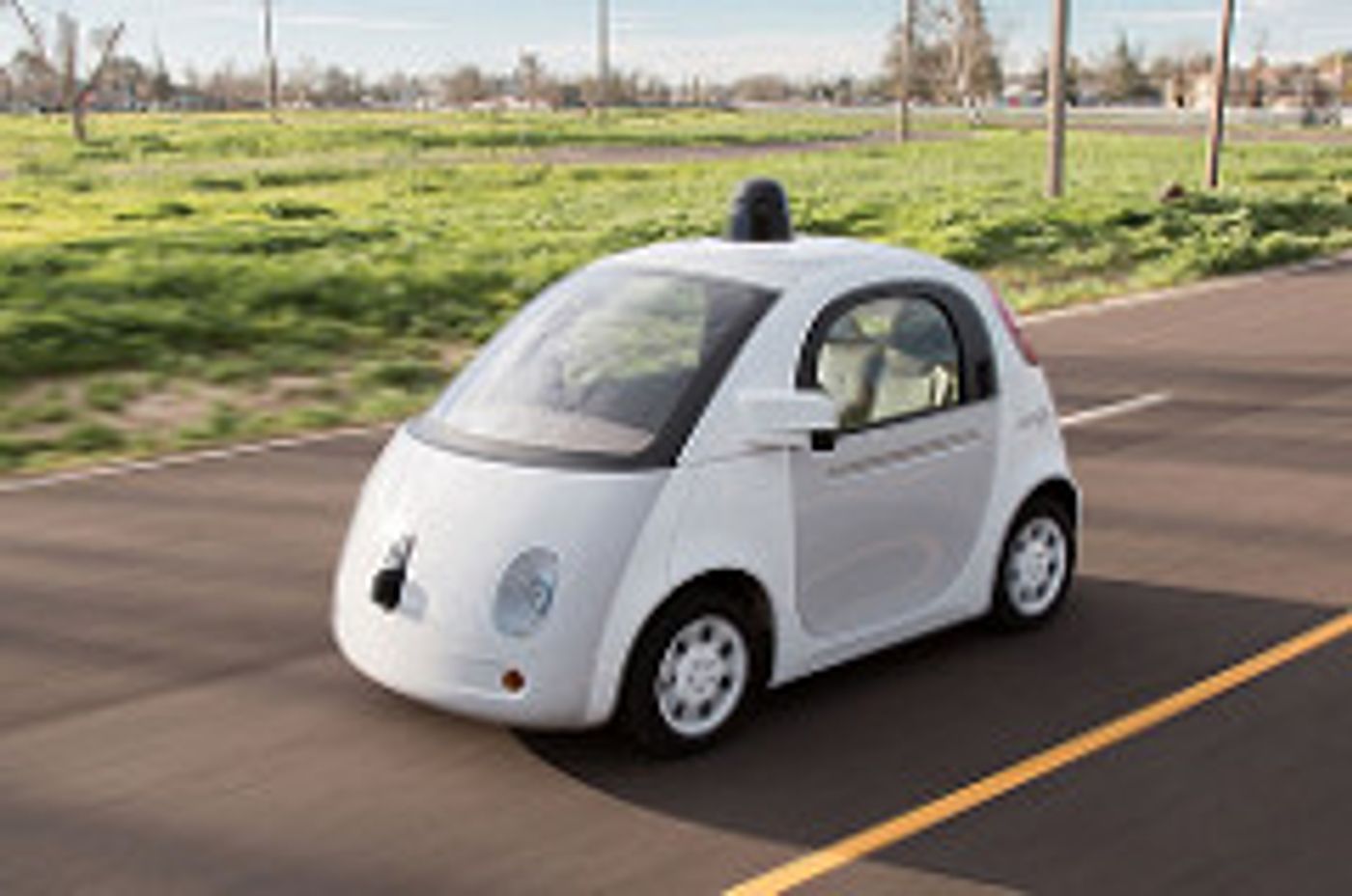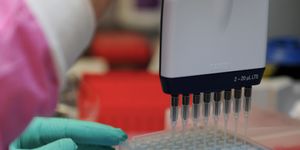Can Bat Sonar Inspire Better Self-Driving Cars?
Along with some whales, dolphins, porpoises and birds, bats use a special navigation system called echolocation. This special skill set is a natural form of sonar, in which they rely on their hearing to navigate and find things in the dark. Cars with park-assist and rear-bumper detection systems also rely on sonar. One of the most interesting things bats can do with thes skills is move in large groups without hitting each other, and that’s something self-driving cars need to be able to do as well. A group of scientists from Saint Mary’s College in Indiana are studying how bats travel in groups so effortlessly.
As the name suggests, bats’ super power of echolocation relies heavily on echoes, the reflection of sound waves reaching a listener. When bats chirp, they are able to produce and hear higher frequencies of sound than humans can. They can also chirp very quickly, at a rate of 160 to 190 times each second. Bats vary the frequencies of their chirps and evaluate how long they take to return as echoes in order to orient themselves in the dark. As the video below explains, “by analyzing resulting echo intensities, [a bat] creates a mental map of its surrounding physical space.” Bats can also process echoes separately in each ear to get a better idea of where objects are around them. Bats can assess sounds quickly and efficiently enough to find a group of insects to feed on in complete darkness.
Assistant Professor of Biology at Saint Mary’s Laura Kloepper told Science Friday that the fact that bats don’t run into each other is basically an “impossible task,” adding, “What we know about how echolocation works is that when they're in these groups, the signals from each bat should be interfering with each other.” Understanding how bats pull this off could help humans develop better self-driving cars along with other vehicles or devices that use sonar or radar, which uses radio waves to detect objects and surroundings.
Kloepper and her team have come up with a variety of creative ways to enter a group of bats, called a colony or a cloud. These include relying on drones, sending recorders on zip lines through the cloud, and outfitting a hand-raised hawk named Belle with a microphone and video rig as she flies among them. The scientists also wear full sterile suits and respirators to enter bat caves themselves, which are full of guano and 
Self-driving cars come with a wide range of technologies to keep them from crashing into anything or anyone, including sonar, radar, cameras and lasers. For example, Google’s self-driving car relies heavily on a laser detection system called LIDAR (LIght Detection and Ranging) that is mounted on the car’s roof. Much as bats send out chirps, the LIDAR sends out beams, which bounce back for it to measure. Google uses a laser that rotates 360 degrees, can capture over 1 million readings in a second, and is accurate up to 100 meters (about 328 feet). Google’s cars also use cameras with overlapping fields of visions and bumper sensors.
As the development of smart transportation, AI and robotics continues, there will likely be countless ways biology serves as an inspiration.









